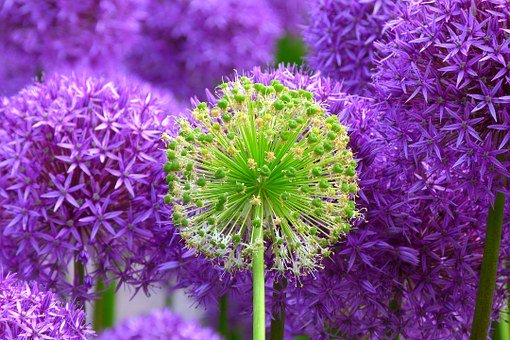We must realize that if we fail to take the first step in this life, we may not have another chance, as being reborn in the human realm is not guaranteed and the opportunity to continue our spiritual practice in the next life even less secured. So, we must begin now. Even if we do not advance very far with this first step, a very good foundation should have been laid for the next life. And the inherent blessing of bodhicitta will ensure the necessary conditions for practice to be continued then. Thus, no matter where and what the next life will take us, we will undoubtedly be reborn with unique qualities, that is, with compassion and bodhicitta. This first step is, therefore, very crucial.
~Depicted from THE RIGHT VIEW - The Three Supreme Methods—the ultimate methods of cultivating virtue and training the mind











